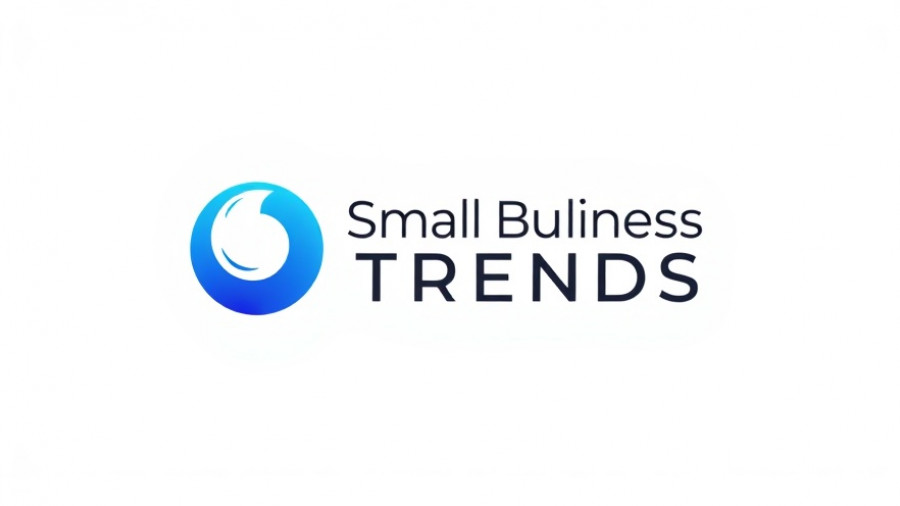
Revolutionizing Recruitment: How Zoho Recruit's AI Tools Are Changing Hiring
In an era where artificial intelligence is rapidly transforming various sectors, small businesses often find themselves hesitating at the thresholds of technology. However, Zoho Recruit’s introduction of agentic AI tools may be the catalyst these organizations need to streamline their recruitment processes effectively.
Breaking Barriers to AI Adoption
Zoho’s new features promise to dismantle the barriers—high costs, fragmented tools, and complex learning curves—that have traditionally hindered small business owners from fully embracing AI solutions. Equipped with the innovative Zia AI engine, these advancements aim to provide practical tools for enhancing efficiency in crucial areas such as hiring and collaboration.
What’s New in Zoho Recruit?
The updates include a host of intelligent functionalities designed to expedite the hiring process. A standout feature, the Candidate Matches tool, automatically analyzes resumes against job descriptions using AI, enabling quick identification of ideal candidates. Similarly, AI-Assisted Assessment Generation provides tailored evaluations for specific roles, further streamlining the recruitment phase.
Moreover, Zoho has integrated both Sourcing Bots and Screening Bots, which automate candidate engagement through their Career Site, creating an efficient application experience. Thus, recruiters can focus on more interpersonal tasks like interviews and onboarding, rather than getting bogged down by repetitive administrative duties.
Practical Insights for Small Business Owners
For HR managers juggling multiple responsibilities, these agentic AI tools could liberate precious hours each week. Instead of sorting through a mountain of applications or drafting generic emails, they can redirect their energies towards building a supportive company culture—an essential component for employee retention and satisfaction.
Optimizing Result with AI-Driven Features
Built into the system, the AI Assist feature allows recruiters to generate SEO-friendly job descriptions, maximizing visibility in a competitive talent pool. As pointed out in both the original article and reference sources, these smart tools do not just propose roles based on qualifications; they are designed to minimize bias in candidate selection, fostering a more inclusive hiring landscape.
Navigating Challenges Ahead
Of course, the integration of AI tools is not without its own set of challenges. Organizations that prioritize personalized hiring may face the need to calibrate AI recommendations to align with their distinct cultural needs. Moreover, maintaining candidate data privacy remains a pertinent issue as AI tools delve into sensitive information during the hiring process.
The Future of AI in Small Business Operations
As businesses continue to navigate the complexities of modern recruitment, Zoho’s agentic AI features make a strong case for early adoption among small enterprises. By reducing complexity and costs associated with implementing AI, these tools empower small companies, enabling them to compete against larger players with greater resources. Embracing such technology could pave the way for a more skilled, content workforce—all while enhancing operational efficiency.
With its seamless integration and innovative offerings, Zoho Recruit stands as a significant player in the evolution of recruitment practices. For small businesses hesitant about AI, now may be the time to dive in and take advantage of these groundbreaking tools.
 Add Row
Add Row  Add
Add 

 Add Row
Add Row  Add
Add 



Write A Comment